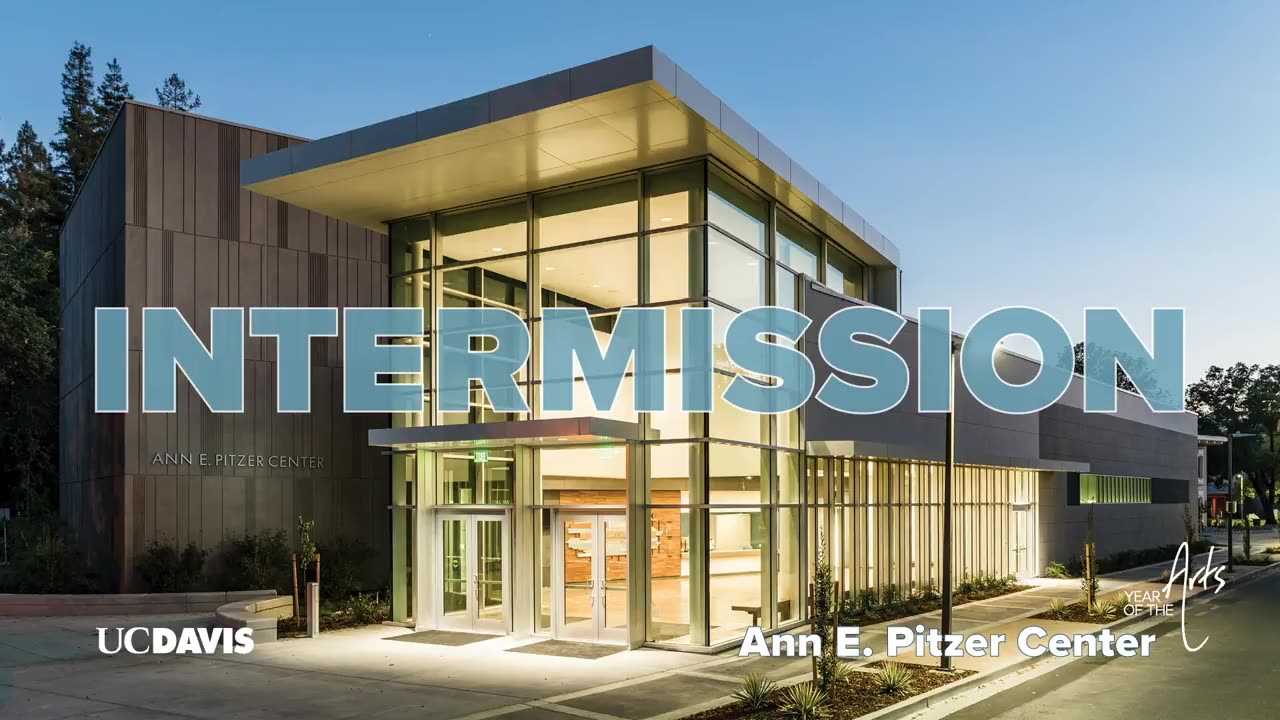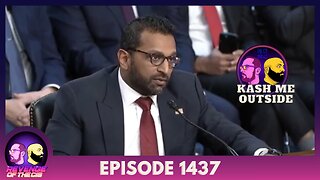Premium Only Content

Faculty Recital_ Kyle Bruckmann, oboe (Oct. 19, 2018)
Oboe: The main instrument of interest.
Instrumental Music: Music composed and performed without vocals or singing.
Woodwind: Oboe belongs to the woodwind family of instruments.
Double Reed: Oboe has a double reed mechanism for producing sound.
Solo: Oboe is often used as a solo instrument in compositions.
Chamber Music: Oboe is frequently featured in chamber music ensembles.
Orchestra: Oboe is an integral part of the orchestra, often found in the woodwind section.
Concerto: A musical composition featuring the oboe as the solo instrument, accompanied by an orchestra.
Etude: A musical piece designed to improve specific technical aspects of oboe playing.
Articulation: The way notes are started, sustained, and ended on the oboe.
Tone Color: Oboe's unique timbre and ability to produce different colors in its sound.
Embouchure: The way a player's mouth and lips interact with the oboe's reed and mouthpiece.
Breathing Technique: Proper breath control is essential for oboists to produce consistent sound.
Vibrato: A technique where the pitch of a note oscillates slightly to add expressiveness.
Trill: Rapid alternation between two adjacent notes.
Orchestration: The arrangement of musical parts for different instruments in an ensemble or orchestra.
Reed-Making: Crafting and adjusting oboe reeds for optimal sound production.
Melody: Oboe often carries the main melody in compositions.
Harmony: Oboe's role in supporting harmonies and chords within a piece.
Expressiveness: Oboe's ability to convey emotions and feelings through its sound.
Phrasing: Shaping musical lines by grouping notes into meaningful phrases.
Dynamics: Variations in loudness and intensity in the oboe's sound.
Concert Pitch: Oboe is a transposing instrument, sounding a different pitch than written.
Crescendo: Gradually increasing the volume of the sound.
Decrescendo: Gradually decreasing the volume of the sound.
Legato: Smooth and connected playing of notes.
Staccato: Short and detached playing of notes.
Soloist: The oboe player performing a solo part in a composition.
Composer Names: Mention of composers known for writing significant oboe pieces, like Mozart, Strauss, and Vaughan Williams.
Repertoire: The collection of music pieces available for oboe performance.
These keywords should provide you with a solid foundation to explore various aspects of oboe instrumental music.
-
 LIVE
LIVE
Revenge of the Cis
1 hour agoEpisode 1437: Kash Me Outside
2,110 watching -
 LIVE
LIVE
Dr Disrespect
4 hours ago🔴LIVE - DR DISRESPECT - WARZONE - CRAZY TRIPLE THREAT CHALLENGE
4,746 watching -
 3:10:10
3:10:10
Power Slap
9 days agoPower Slap 11: Da Crazy Hawaiian vs Dumpling 2 | Thursday January 30th 12pET/9aPT
3.3M56 -
 LIVE
LIVE
Dr. Drew
3 hours agoDr. Peter McCullough: RFK Jr. Faces Senate Hearing Circus, As 81,000 Doctors & Experts Publish New Demand For COVID-19 Vaccine Recall – Ask Dr. Drew
1,680 watching -
 DVR
DVR
In The Litter Box w/ Jewels & Catturd
21 hours agoConfirm Kash & Tulsi! | In the Litter Box w/ Jewels & Catturd – Ep. 731 – 1/30/2025
12.7K13 -
 LIVE
LIVE
PudgeTV
4 hours ago🟡 Practical Pudge Ep 52 | Sticker Mule CEO & Future NY Congressman - Anthony Constantino
126 watching -
 LIVE
LIVE
Major League Fishing
1 day agoLIVE! - Bass Pro Tour: Stage 1 - Day 1
277 watching -
 1:45:07
1:45:07
The Quartering
3 hours agoWokeness Leads To PlaneCrash, Kash & Tulsi Confirmations, Daily Wire Blasted & More
84.2K19 -
 5:56:13
5:56:13
Right Side Broadcasting Network
22 hours agoLIVE REPLAY: Kash Patel Testifies at Senate Confirmation Hearing for FBI Director - 1/30/25
432K298 -
 1:55:33
1:55:33
The Charlie Kirk Show
4 hours agoThe Biggest Confirmation Day Of All + DC Crash Aftermath | 1.30.2025
105K63